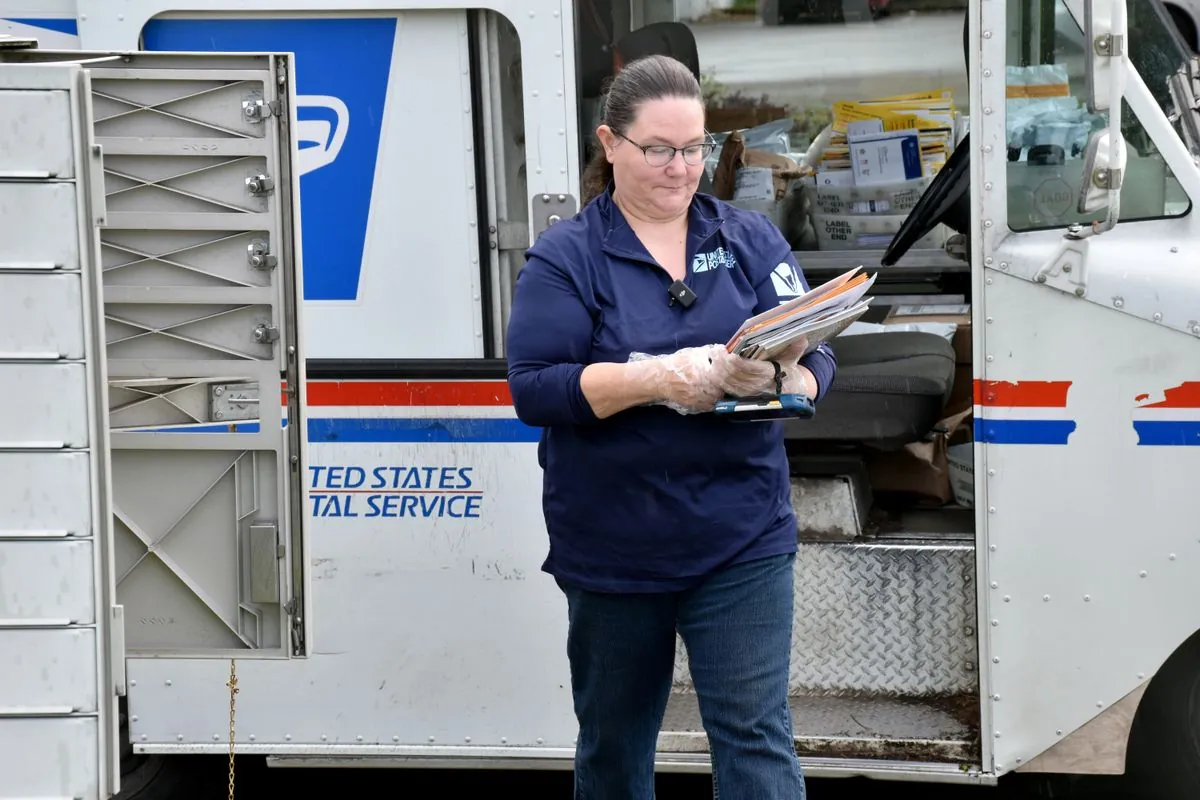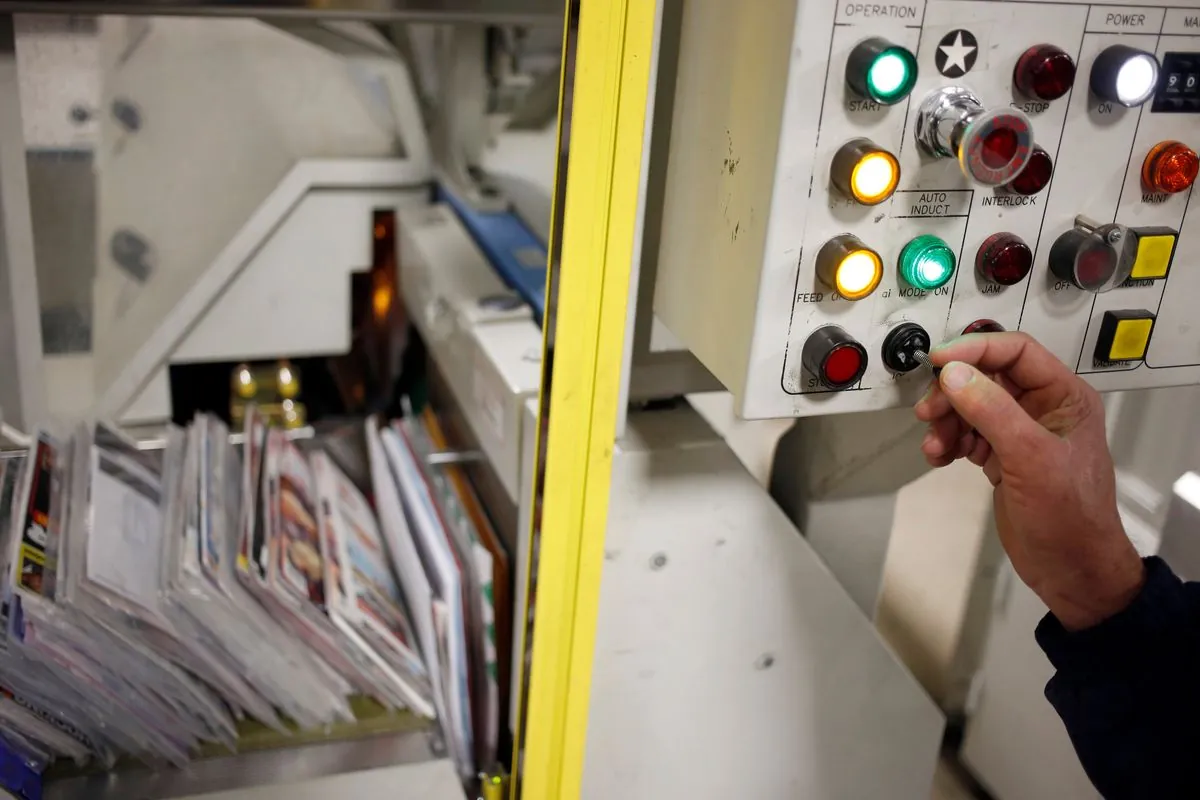USPS Considers Rural Mail Slowdown to Cut Costs, Sparks Debate
U.S. Postal Service officials mull slower rural mail delivery to reduce expenses. Changes won't affect November elections, but critics worry about service degradation and rising prices.

The United States Postal Service (USPS) is contemplating significant changes to its delivery model, potentially slowing mail service for long-distance and rural areas while expediting delivery for customers near major processing facilities. This proposal, aimed at addressing the agency's financial challenges, has sparked a debate about the future of postal services in America.
Postmaster General Louis DeJoy outlined the plan, which would maintain faster delivery for the majority of mail and packages within a 50-mile radius of the USPS's largest processing centers. However, deliveries to more remote areas could face delays, potentially adding an extra day to current timetables.
"At the end of the day, I think some portion of the mail showing up 12 hours later, I think it's a price that had to be paid for letting this place be neglected."
DeJoy emphasized that these changes would not be implemented until after the November 2024 elections, addressing concerns about potential impacts on voting by mail. This consideration is particularly relevant given that nearly half of all voters in the 2020 election requested or cast ballots by mail, according to the University of Florida's U.S. Elections Project.
The USPS, established in 1775 with Benjamin Franklin as its first Postmaster General, has a rich history of adapting to changing times. Today, it handles 47% of the world's mail volume and employs over 500,000 career workers. Despite its vast reach, including more than 31,000 post offices nationwide, the agency has been grappling with financial difficulties.
In the 2023 fiscal year, the USPS reported a loss of $6.5 billion, and projections for the 2024 fiscal year indicate a potential loss exceeding $7 billion. These financial struggles persist despite recent efforts to stabilize the agency's finances, including a $107 billion congressional plan passed in 2022.
Critics, including Rep. Gerry Connolly, have expressed concerns about the potential degradation of service quality while prices continue to rise. The price of first-class postage has increased by 33% over the past four years, raising questions about the balance between cost-cutting measures and maintaining service standards.

The USPS's universal service obligation, which requires it to serve all Americans regardless of geography at uniform prices, contributes significantly to its financial challenges. This mandate often results in the agency handling less profitable routes while private competitors focus on more lucrative areas.
Despite these challenges, the USPS remains a crucial part of American infrastructure. It processes and delivers 425.3 million mail pieces daily and operates the longest mail route in America, spanning 187.6 miles in Sidney, Montana. The agency's commitment to serving every address in the nation, including its smallest post office in Ochopee, Florida, measuring just 61.3 square feet, underscores its vital role in connecting communities across the country.
As the USPS navigates these proposed changes, balancing fiscal responsibility with its core mission of universal service will be crucial. The outcome of this debate will likely shape the future of mail delivery in the United States for years to come.


































